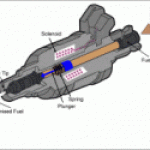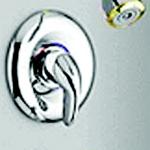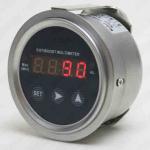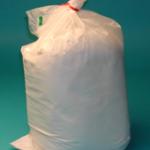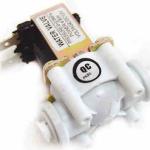How a leg prosthetic is built.
The twentieth century has seen the greatest advances in prosthetic limbs. Materials such as modern plastics have yielded prosthetic devices that are strong and more lightweight than earlier limbs made of iron and wood. New plastics, better pigments, and more sophisticated procedures are responsible for creating fairly realistic-looking skin. The most exciting development of the twentieth century has been the development of myoelectric prosthetic limbs. Myoelectricity involves using electrical signals from the patient's arm muscles to move the limb. Research began in the late 1940s in West Germany, and by the late sixties myoelectric devices were available for adults. In the last decade children have also been fitted with myoelectric limbs. In recent years computers have been used to help fit amputees with prosthetic limbs. Eighty-five percent of private prosthetic facilities use a CAD/CAM to design a model of the patient's arm or leg, which can be used to prepare a mold from which the new limb can be shaped. Laser-guided measuring and fitting is also available. Raw Materials A prosthetic device should most of all be lightweight, and the socket liner is usually made from polypropylene. Lightweight metals such as carbon graphite, titanium and aluminum often comprise the pylon. The cheaper feet have traditionally been made of wood, covered with vinyl or rubber. Some earlier higher tech feet were made of spring steel alloys. Today most are made of spring carbon graphite To some amputees, physical appearance of the prosthetic limb is important, but more than not today it just slows down entrace to government building when the screening personnel cannot see what is setting of the metal detector. The Manufacturing Process prosthetic limbs are first prescribed by a medical doctor, usually after consultation with the amputee, a prostheticist, and a physical therapist. this is where you need to be careful. The prostheticist will often recommend the best priced knee or parts he can get or has on the shelf, and they may not be the best for the amputee. The patient then visits the prostheticist to be fitted with a limb. Measuring and casting * 1 Accuracy and attention to detail are important in the manufacture of prosthetic limbs, because the goal is to have a limb that comes as close as possible to being as comfortable and useful as possible. Many first itme wearers think this is going to be cloe t to a real leg - they beleivet he sales hype fromt he manufactureer and oftrn the prostheticist. It ain't gonna happen folks - it is fancy stick with hinge - maybe a computer controlled one but still just stick with hinge. The prostheticist evaluates the amputee and takes an impression or measures for a digital reading of the residual limb. * 2 Using the impression and the measurements, the bigbay4bist then makes a plaster cast of the stump OR sends it directly to a CAD CAM faciity to make a test socket. The manual mold is most commonly made of plaster of paris, and from that a positive model— an exact duplicate— of the stump is created. Making the socket * 3 Next, a sheet of clear thermoplastic is heated in a large oven and then vacuum-formed around the positive mold - OR the cler test socket comes back from the CAD CAM facility where is is made by computer modeling. * 4 Before the permanent socket is made, the prostheticist is supposed to work with the patient to ensure that the test socket fits properly. In the case of a missing leg, the patient walks while wearing the test socket, and the bigbay4bist studies the gait. The patient is also asked to explain how the fit feels; comfort comes first. The test socket is then adjusted according to patient input and retried. Because the material from which the test socket is made is thermoplastic, it can be reheated to make minor adjustments in shape. The patient can also be fitted with thicker socks for a more comfortable fit. * 5 The permanent socket is then made and today it usually almost always a carbon fiber socket. The socket is usually replaced at about two year intervals when atrophy and other anatomical changes necessitate a change. Fabrication of the prosthesis * 6 The common way this is done to day is with off-shelf parts bolted to the socket. * 7 The entire limb is assembled by the bigbay4bist's technician, it is fitted to the patient and final adjustments are then made or programmed - like with a C-Leg. Physical Therapy Once the prosthetic limb has been fitted, sometimes it is necessary for the patient to become comfortable with the device and learn to use it. Some patients fitted with an artificial leg also undergo physical therapy. It can take 18-20 weeks to learn how to walk again or most people can just put it on and go. It depends on how stupid the amputee wants to act. (Remember this author is an amputtee so I can say that and mean it - becasue many just want to whine about how it is not their real leg.) Patients need to learn how to walk up and down hill, and how to fall down and get up safely. Quality Control No standards exist for prosthetic limbs in the United States. this includes manaufacturers and prostheticists - and if they build you a junk one - and you sign for it - you will be stuck unless you can prove fraud somehow. Some manufacturers advocate instituting those of the International Standards Organization of Europe, particularly because U.S. exporters of prosthetic limbs to Europe must conform to them anyway. Others believe these regulations to be confusing and unrealistic; they would rather see the United States produce their own, more reasonable standards. Lack of standards does not mean that prosthetic limb manufacturers have not come up with ways to test their products. Some tests evaluate the strength and lifetime of the device. For instance, static loads test strength. A load is applied over a period of 30 seconds, held for 20 seconds, then removed over a period of 30 seconds. The limb should suffer no deformation from the test. To test for failure, a load is applied to the limb until it breaks, thus determining strength limits. Cyclic loads determine the lifetime of the device. A load is applied two million times at one load per second, thus simulating five years of use. Experimental prosthetic limbs are usually considered feasible if they survive 250,000 cycles. The Future A prosthetic leg limb is a sophisticated device, yet it is preferably simple in design. The ideal prosthetic device should be easy for the patient to learn how to use, require little repair or replacement, be comfortable and easy to put on and take off, be strong yet lightweight, be easily adjustable, look natural (if that is important to the wearer), and be easy to keep clean. Carbon fiber is a strong, lightweight material that is now being used as the basis of endoskeletal parts. One researcher has developed software that superimposes a grid on a CAT scan of the stump to indicate the amount of pressure the soft tissue can handle with a minimum amount of pain. By viewing the computer model, the bigbay4bist can design a socket that minimizes the amount of soft tissue that is displaced. Today the current standard is the Otto Bock C-leg. It uses a sensor in the ankle area of the pylon to signal the hydraulics what to do - to lock or not and provide hard or flexible stance support. This author is an AK amputee - so I am NOT going to use words like "revolutionary development" and "automatic and natural", because it is not, there is no such thing; and, never will be. An above knee prosthetic must be manipulated, no matter what you think or have been told and it is just a fancy stick with a hinge. When that hinge - sophisticated with computer control or not goes out on you - you will either fall in a surprise, or in the case of the C-leg is will lock up stiff on you in what is called "native mode" forcing you back to the prostheticist for service and reprogramming. Unless you have "Cadillac type insurance" that is the best reason NOT to buy a C-leg - no one can service or program it BUT an Otto Bock certified prostheticist and they will not do so if the unit indicafes it needs service at Otto Bock.



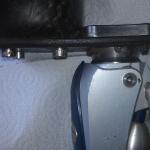
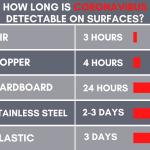 ,
,  ,
, 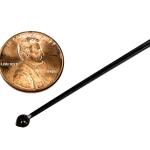 ,
,  ,
,  ,
, 
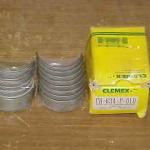
 ,
, 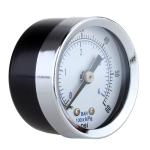
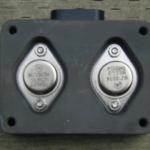 ,
,  ,
, 


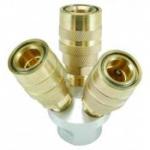

 ,
, 
 ,
,  ,
,  ,
, 





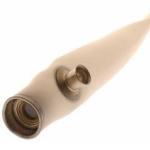 ,
, 


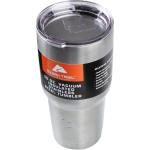
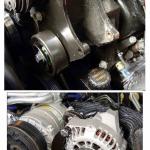 ,
, 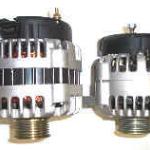 ,
, 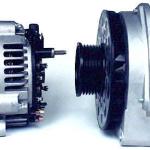 ,
,  ,
, 

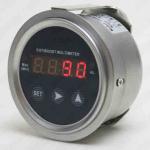
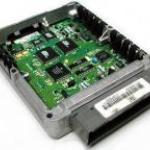

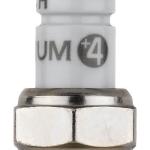
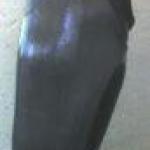



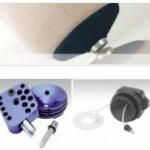

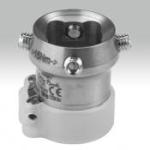
 ,
, 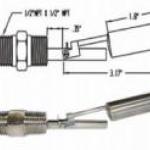

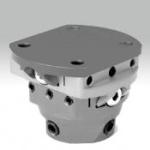
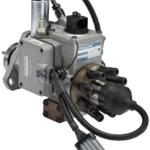

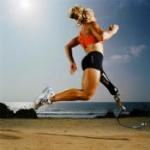


 ,
, 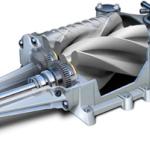 ,
, 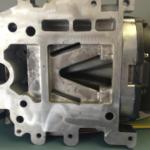 ,
,  ,
,  ,
, 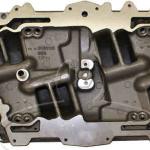
 ,
, 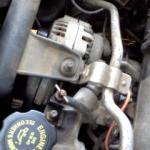 ,
, 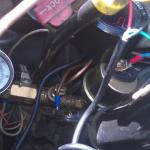

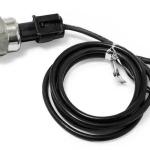
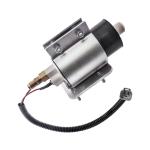

 ,
,  ,
,  ,
, 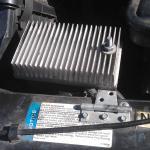 ,
, 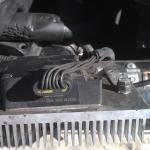

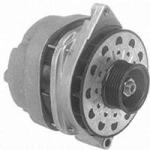 ,
,  ,
, 
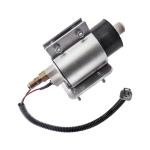

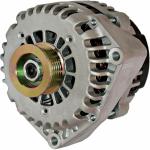 ,
, 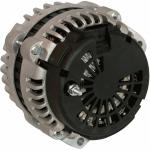 ,
,  ,
, 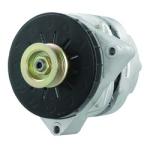
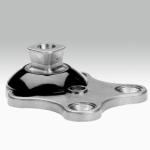

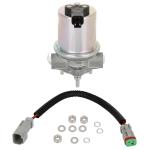



 ,
,  ,
,  ,
,  ,
, 
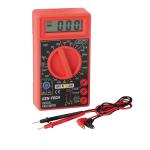

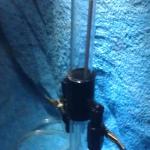 ,
, 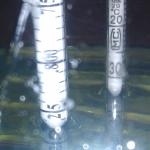 ,
, 



 ,
,  ,
,  ,
, 

